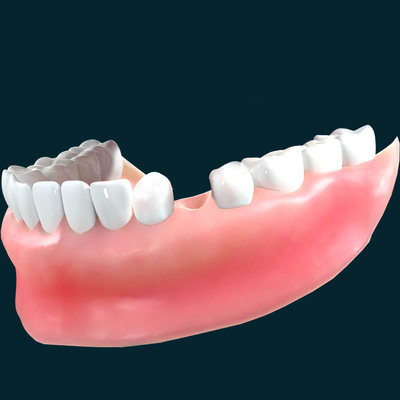Our teeth are necessary in maintaining good oral and overall health. Replacing missing teeth can improve a person’s appearance, digestion and quality of life. If you already have a missing tooth or are planning an upcoming tooth extraction, now is the time to meet with your dentist to discuss your replacement options.
